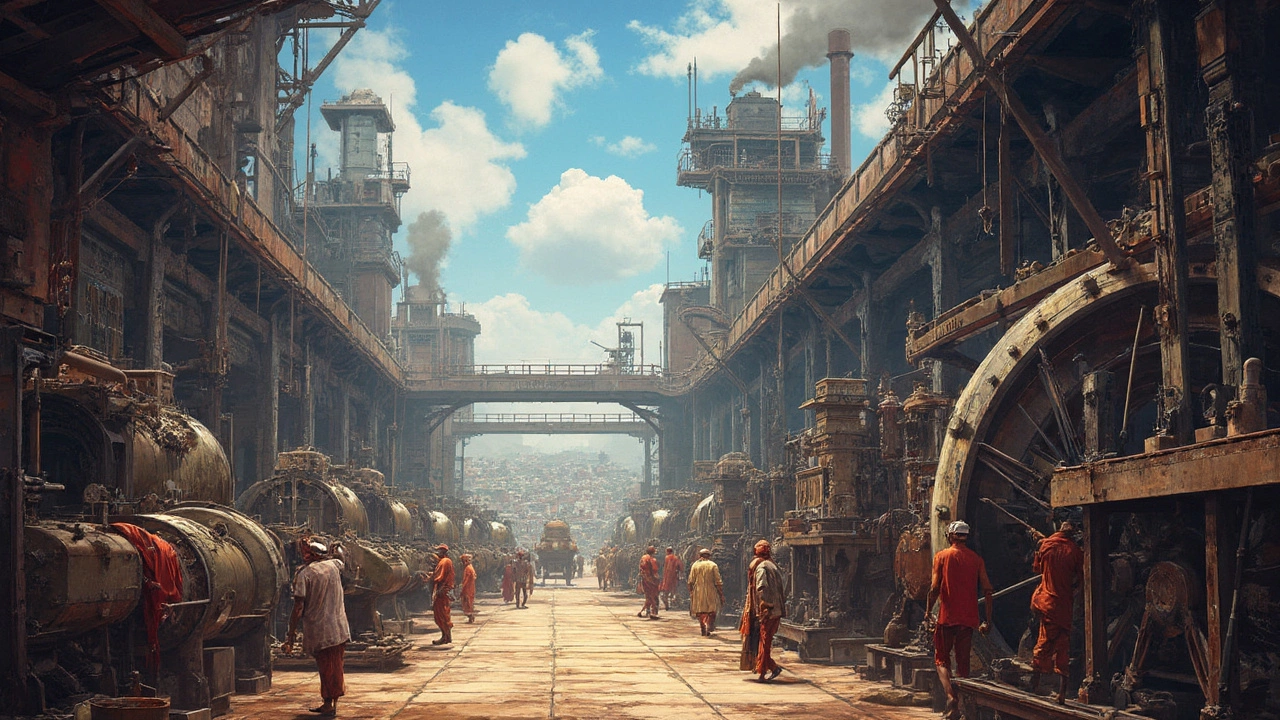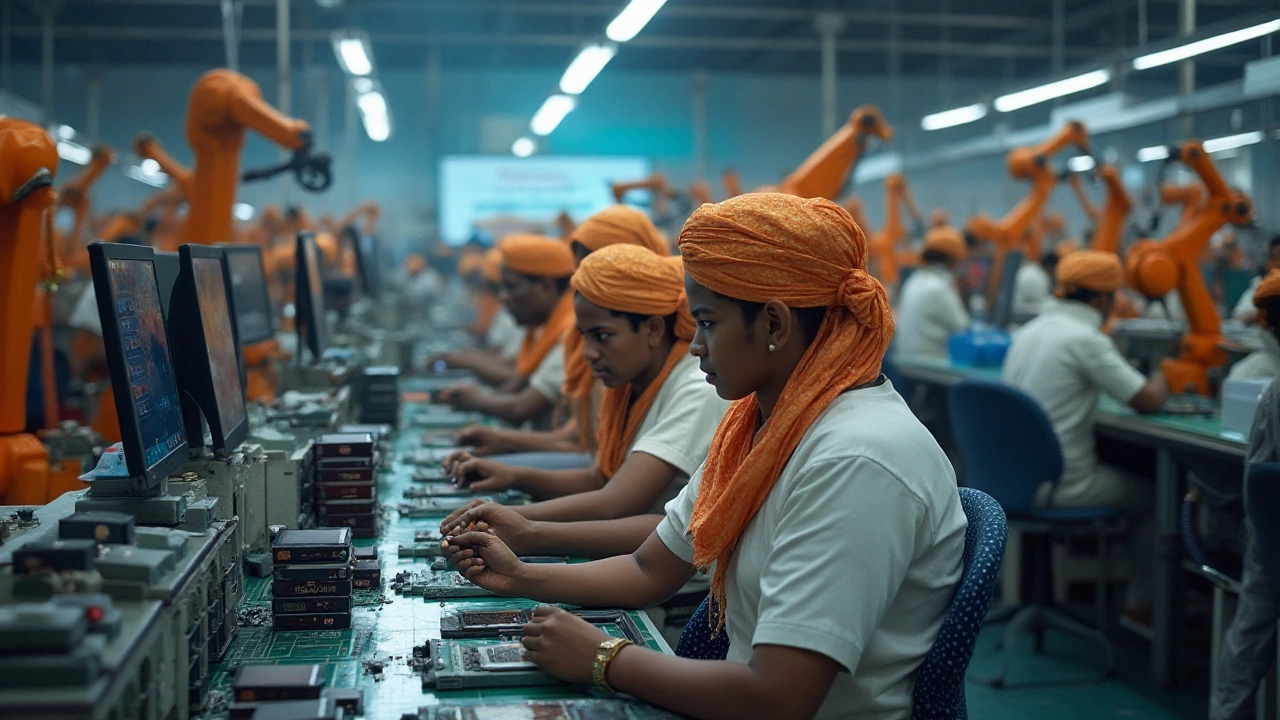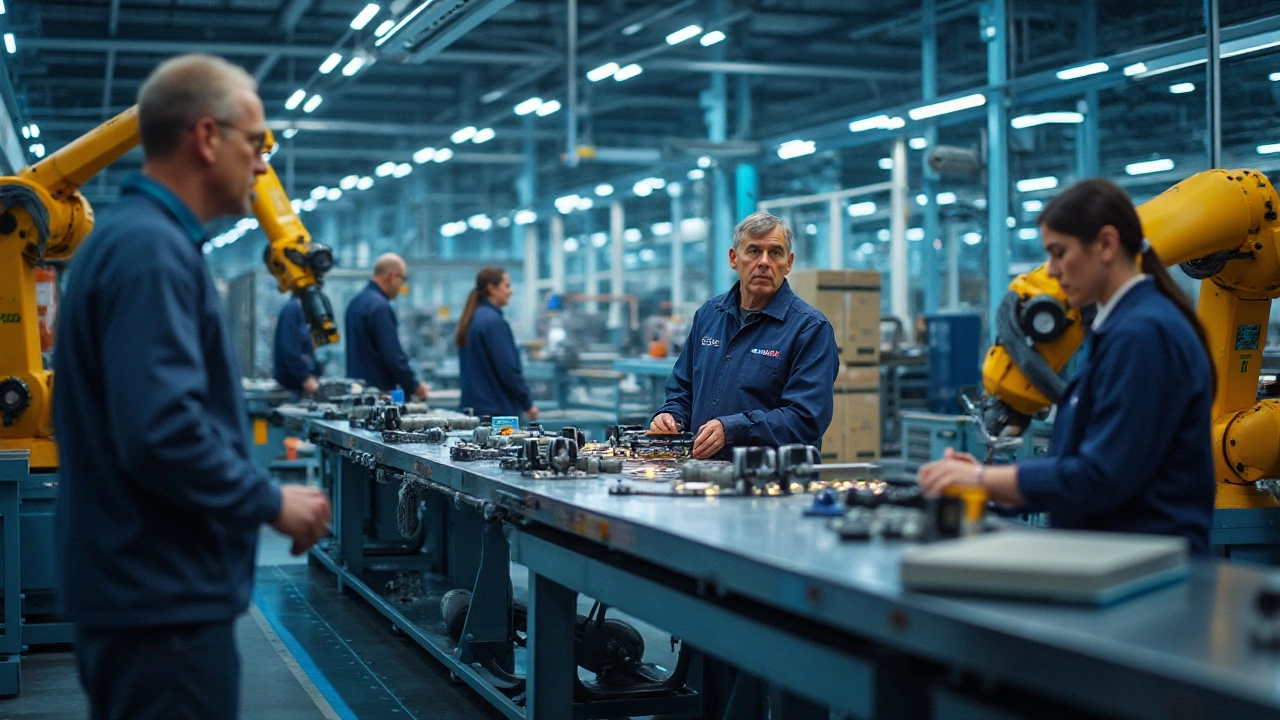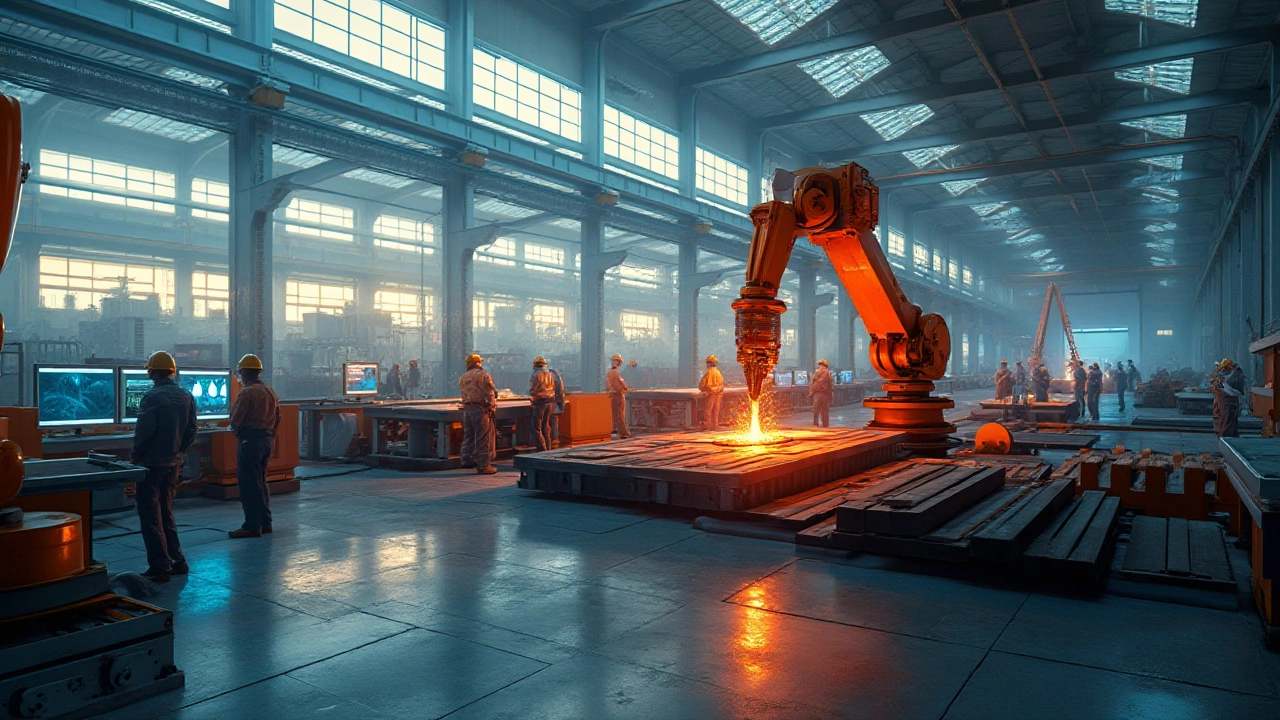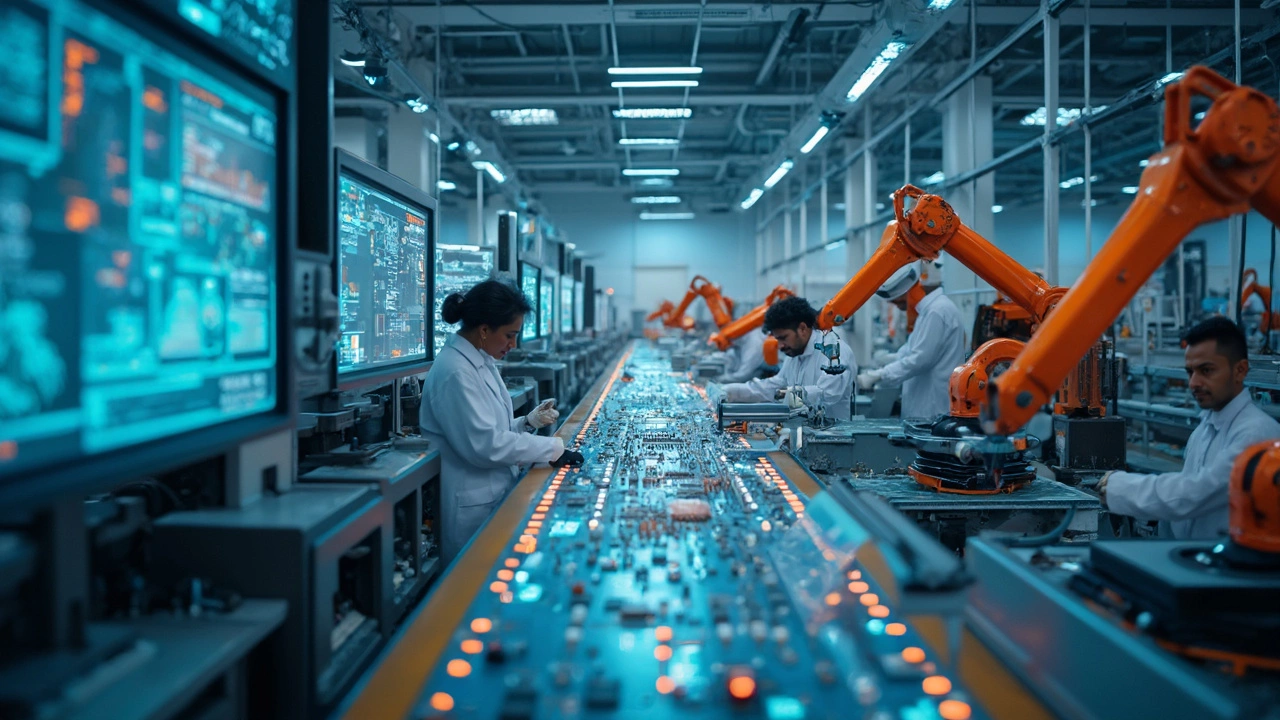Government and Industry: Shaping India’s Sustainable Future
When talking about Government and Industry, the dynamic partnership between public policy and private sector production that drives economic growth, job creation, and sustainability. Also known as public‑private collaboration, it sets the stage for everything from factory floors to export markets.
At the heart of this partnership lies Manufacturing, the process of converting raw materials into finished goods at scale. Manufacturing thrives when Government Schemes, policy programs aimed at boosting production, technology adoption, and workforce skills provide the right incentives. One of the most talked‑about initiatives is government schemes that fund clean energy upgrades, digital tool adoption, and skill‑training centers. These programs don’t just lower costs; they create a feedback loop where stronger industry output validates policy decisions, which in turn attracts more investment. In short, Government and Industry encompasses manufacturing policies, and those policies shape the sector’s resilience.
Key Themes
Another pillar worth mentioning is the Factory System, the centralized production model that enables mass output and cost efficiency. The factory system reduces per‑unit expenses, which directly fuels economic impact and makes goods affordable for consumers. When government schemes fund modern factory upgrades—like automation, renewable energy, and waste‑reduction tech—the result is a noticeable dip in production costs and a rise in export competitiveness. This relationship illustrates a clear semantic triple: Factory system influences economic impact, while Government schemes require strategic planning, and Economic impact drives further policy refinement. Real‑world examples include the Make-in-India push that married factory modernization with tax breaks, leading to a measurable uptick in jobs across small and medium enterprises.
Beyond the numbers, the synergy between policy and production reshapes local economies. Communities near revitalized factories see higher wages, better infrastructure, and improved access to services. That social lift‑off feeds back into the labor pool, giving manufacturers a more skilled workforce, which in turn justifies further government investment. This cycle—policy → factory upgrades → economic uplift → social benefits—captures the essence of a thriving government and industry ecosystem. Readers will notice that each article in our collection drills down on one piece of this puzzle, whether it’s the historic shift brought by the factory system or the current challenges facing the manufacturing sector.
Below you’ll find a curated set of articles that unpack these dynamics from every angle. From deep‑dive analyses of how the factory system changed cost structures, to case studies on why certain manufacturing segments still struggle despite aggressive policy support, the posts give you actionable insights you can apply right now. Explore the range, pick the piece that matches your interest, and start linking the big‑picture policies to the on‑the‑ground realities of Indian manufacturing.
The Factory System: A Game-Changer for Economics
The factory system revolutionized manufacturing by centralizing production in one place, leading to mass production and cost efficiency. This shift not only enhanced productivity but also significantly lowered product costs, making goods more accessible. It also created numerous job opportunities, transforming local economies and social structures. By cutting production costs and increasing output, the factory system played a crucial role in the economic landscape.
Why the Manufacturing Industry is Struggling: Examining Government Interventions
Manufacturing is facing significant challenges as industries worldwide adapt to technological advancements and shifting economic climates. Despite numerous government schemes aimed at revitalizing the sector, the manufacturing industry continues to struggle. This article explores the causes behind the decline of manufacturing, assesses the effectiveness of government interventions, and discusses potential strategies for revival. With a focus on real-world impacts, it highlights how these trends are reshaping the economy.
Is U.S. Manufacturing Poised for Growth? Insights and Analysis
The U.S. manufacturing sector is at a pivotal juncture, influenced by a combination of government initiatives and global market dynamics. This article examines the factors contributing to its potential growth, including technological advancements and economic policies. Understanding the intricate landscape of American manufacturing can offer insights into what the future holds for this vital sector. With the impact of reshoring strategies and sustainable practices, U.S. manufacturing is striving to adapt to modern challenges and opportunities. Explore how these elements are shaping the industry's trajectory.
- manufacturing
- India
- food processing
- garden tips
- rice cultivation
- government schemes
- balcony garden
- urban gardening
- balcony gardening
- profitable business
- business ideas
- plastic manufacturing
- drip irrigation
- plant care
- steel manufacturing
- sustainable gardening
- startup ideas
- steel industry
- flower gardening
- textile manufacturers

